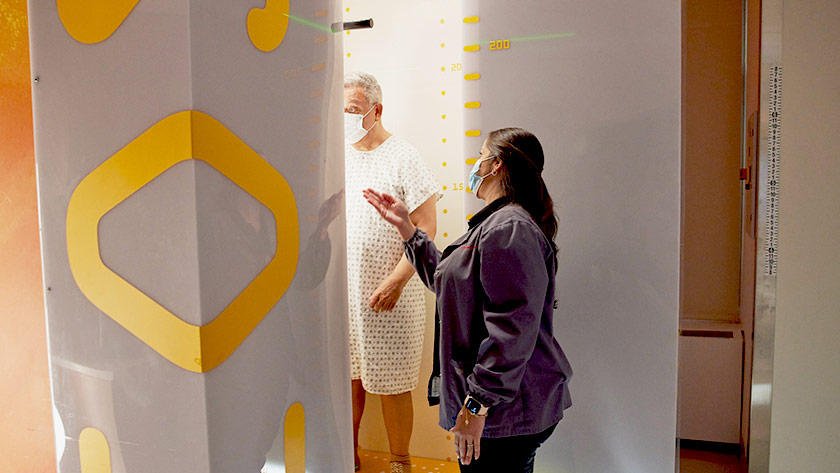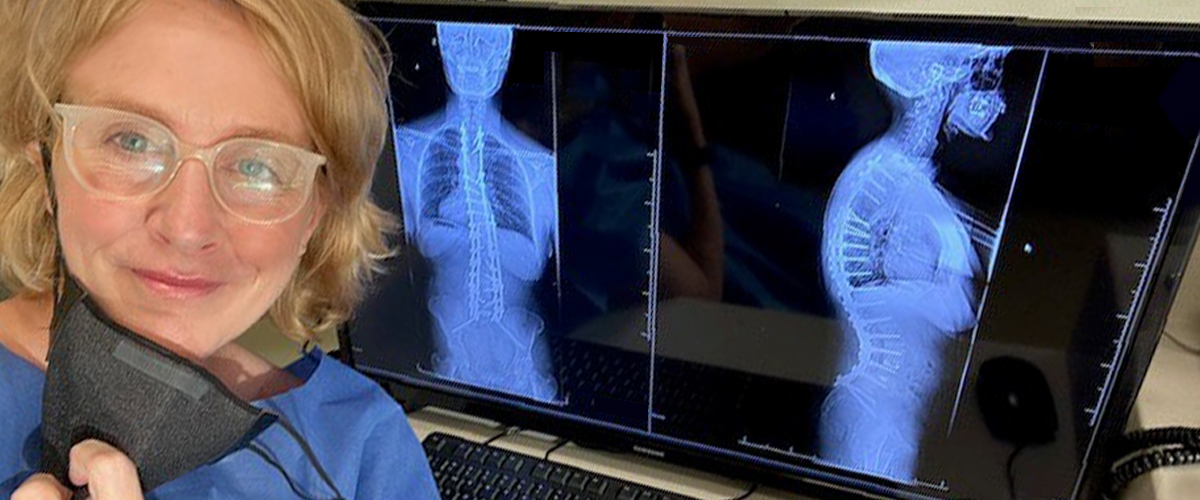Dedicated Spine Care from Two Ivy League Schools
Och Spine at NewYork-Presbyterian is backed by world-class Columbia and Weill Cornell physicians, including many of the world’s top orthopedic and neurosurgical spine surgeons. They stand side by side with some of the leading specialists in spine care. Our specialists treat children and adults with spine problems, ranging from the simple to the complex. Och Spine surgeons treat more patients than any other hospital in New York City*.
Och Spine specialists see patients at several locations throughout the New York, New Jersey and Westchester areas.
*SPARCS 2019


















